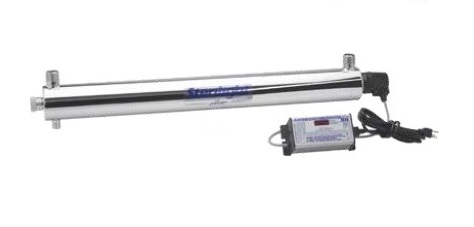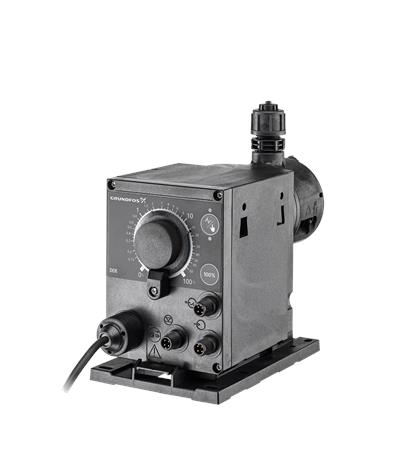Hygienic water security
Under water hygiene, we understand the treatment of microbiological and biological contaminants if the physicochemical indicators meet the drinking water standard. We know several methods of hygienic water security. Chlorination is best known. It consists of installing a dosing whip, which is most often controlled by the water meter impulses, and proportional dosing of sodium hypochlorite is ensured. The dosage for free chlorine in treated water ranges from 0.05 to 0.3 mg /l. However, the actual dose of sodium hypochlorite can be much higher, as chlorine as an oxidizing agent is consumed to oxidize a whole range of substances present in water. The disadvantage of chlorination is that it produces by-products of chlorination, which are often carcinogenic, and it is also a problem to determine which particular compounds are. This unpleasant effect has to be reduced by the use of activated carbon filtration which effectively catches these substances on its surface.
Another method of hygienic water protection is UV disinfection. This is a physical method where the UV lamp (in the UV lamp of the lamp) can be used to resist water by UV radiation of the appropriate wavelength, which inactivates the propagation of microorganisms and the destruction of their DNA. The advantage of this method is the speed of the process, do not produce harmful by-products, the water has no changed taste or smell. The disadvantage is that water before using UV lamps must already meet certain qualitative criteria as it must not contain turbidity, the maximum total water hardness may be 10 ° dH, the maximum iron value may be 0.3 mg /l, manganese maximum of 0.05 mg /l.


